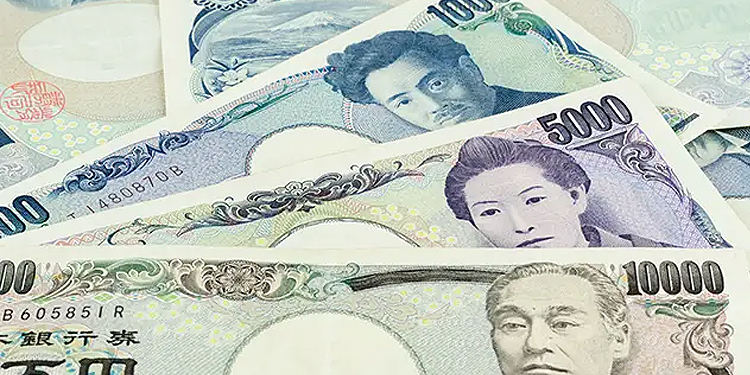The Japanese Yen (JPY) jumped against US Dollar (USD) on Monday, with traders citing yen-buying intervention by Japanese authorities as a trigger for the bounce in a currency languishing at levels last seen over three decades ago.
The dollar tumbled to a low of 154.40 yen from as high as 160.245 earlier in the day. Banking sources said Japanese banks were seen selling dollars for yen. The U.S. currency was last trading at 156.69 yen, down 1.04% from late Friday.
The Wall Street Journal on Monday said Japanese financial authorities had intervened in the market, citing people familiar with the matter.
Traders had been on edge for weeks for any signs of action from Tokyo to prop up a currency that has lost 11% against the dollar so far this year, trading at 34-year lows despite the central bank’s historic exit from negative interest rates last month.
“Last night’s volatility comes after the central bank opted not to adjust its asset purchase volumes in last week’s decision, keeping rate differentials at spectacularly wide levels, and leaving policymakers with few options to arrest the currency’s decline,” said Karl Schamotta, chief market strategist at Corpay.
He added that the break above 160 clearly amounted to the sort of “disorderly” move that the Ministry of Finance has previously proven willing to tackle. “Algo-driven selling might have continued amid holiday-thinned trading conditions.”
Currency traders have bet that Japanese rates will remain low for some time in contrast to relatively high U.S. interest rates.
Japanese government bonds offer yields far below U.S. Treasuries and other foreign sovereigns, which draw a constant flow of Japanese money abroad, keeping the yen under pressure.
“Over time with this interest differential between the BoJ and the Fed and the obvious reluctance of the BoJ to do anything about that, to change their decades old policy, now essentially zero interest rates, it’s tough to build up any momentum for the Japanese yen going the other way to strengthen,” said Joseph Trevisani, senior analyst at FX Street in New York.
Japan’s top currency diplomat Masato Kanda declined to comment when asked if authorities had intervened, but said the current developments in the currency market were “speculative, rapid and abnormal” and could not be overlooked.
Japan’s Ministry of Finance (MOF) was not immediately available for comment, with markets in the country closed for a holiday on Monday.
“Today’s move, if it represents intervention by the authorities, is unlikely to be a one-and-done move,” said Nicholas Chia, Asia macro strategist at Standard Chartered Bank in Singapore.
“We can likely expect more follow through from MOF if the dollar/yen pair travels to 160 again. In a sense, the 160-level represents the pain threshold, or new line in the sand for the authorities.”
A weaker yen is a boon for Japanese exporters, but a headache for policymakers as it increases import costs, adds to inflationary pressures and squeezes households.
Bank of Japan Governor Kazuo Ueda told a press conference after a meeting last week that monetary policy does not directly target currency rates, although exchange-rate volatility could have a significant economic impact.
The yen’s slide on Friday came after the central bank kept policy settings unchanged and offered few clues on reducing its Japanese government bond (JGB) purchases – a move that might help put a floor under the yen.
“Whether it is in effect intervention, we will only know later,” said Mahjabeen Zaman, head of foreign exchange research at ANZ in Sydney.


Leave a Comment